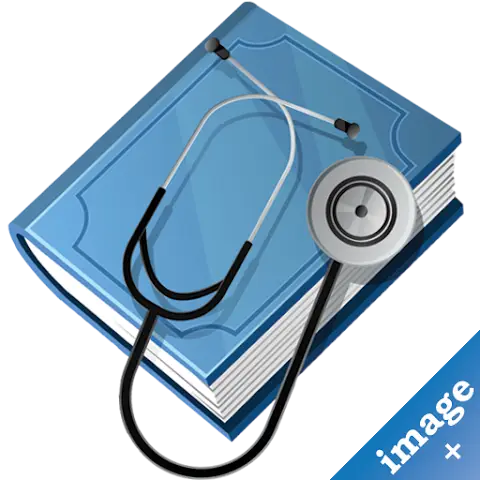Spinal curvature
DEFINITION
Scoliosis is a sideways curvature of the spine that often occurs during the growth spurt just before puberty. While the cause of most cases of Scoliosis is unknown, it can be associated with conditions like Cerebral palsy and Muscular dystrophy. Most cases are mild, but severe Scoliosis can be disabling, affecting lung function. Treatment may include monitoring, bracing, or surgery.
SYMPTOMS
- Uneven shoulders
- Prominent shoulder blade
- Uneven waist
- Hip height asymmetry
- Rib prominence
- Back pain
- Breathing difficulties
WHEN TO SEE A DOCTOR
If signs or symptoms of Scoliosis are noticed in a child, it's important to consult a doctor for evaluation and management.
CAUSES
The most common type of Scoliosis does not have a known cause but tends to run in families. Other types may be linked to neuromuscular conditions, birth defects, or spinal injuries/infections.
RISK FACTORS
- Age (typically before puberty)
- Sex (girls at higher risk)
- Family history
COMPLICATIONS
Complications of Scoliosis may include lung and heart issues, chronic back pain, and appearance-related concerns.
PREPARING FOR YOUR APPOINTMENT
Before the appointment, prepare by noting down your child's symptoms, medical history, family medical issues, and any questions you may have for the doctor.
What you can do:
- Detailed descriptions of symptoms
- Past medical problems
- Family medical history
- Questions for the doctor
What to expect from your doctor:
- Onset of the problem
- Presence of pain
- Breathing difficulties
- Family history of Scoliosis
- Growth patterns
TESTS AND DIAGNOSIS
Physical examination and X-rays are primary tools for diagnosing Scoliosis. Additional imaging tests like MRI or CT scans may be recommended in certain cases.
TREATMENTS AND DRUGS
Treatment options vary based on the severity and progression of Scoliosis. Bracing may be used for moderate curves in growing children, while surgery (spinal fusion) is considered for severe cases.
Braces:
Braces can prevent further curve progression in growing children with moderate Scoliosis. Types include underarm braces and Milwaukee braces.
Surgery:
Severe Scoliosis that progresses may require spinal fusion surgery to reduce and stabilize the spinal curve.
LIFESTYLE AND HOME REMEDIES
While exercises cannot correct Scoliosis, general physical activity can promote overall health and well-being.
ALTERNATIVE MEDICINE
Chiropractic manipulation, electrical muscle stimulation, and biofeedback have not shown effectiveness in treating Scoliosis.
COPING AND SUPPORT
Supportive peer groups and joining support groups for parents and children with Scoliosis can help cope with the challenges associated with the condition.
QUESTIONS
- What is scoliosis?
Scoliosis is a sideways curvature of the spine that often occurs during growth spurts before puberty.
- What are the common symptoms of scoliosis?
Uneven shoulders, prominent shoulder blade, uneven waist, hip height asymmetry, rib prominence, back pain, and breathing difficulties.
- When should you see a doctor regarding scoliosis?
If signs or symptoms such as uneven shoulders or hips are noticed.
- What are some risk factors for developing scoliosis?
Age (typically before puberty), sex (higher risk in girls), and family history.
- What are the complications associated with scoliosis?
Lung and heart issues, chronic back pain, and appearance-related concerns.
- How is scoliosis diagnosed?
Through physical examination and X-rays; further imaging tests like MRI or CT scans may be needed.
- What are the treatment options for scoliosis?
Bracing for moderate curves in growing children; surgery (spinal fusion) for severe cases.
- Can exercises correct scoliosis?
Exercises cannot correct scoliosis but can promote overall health.
- Are alternative medicine treatments effective for scoliosis?
No, treatments like chiropractic manipulation have not shown effectiveness.
- How can coping and support strategies help individuals with scoliosis?
Supportive peer groups and joining support groups can help cope with challenges associated with scoliosis.
